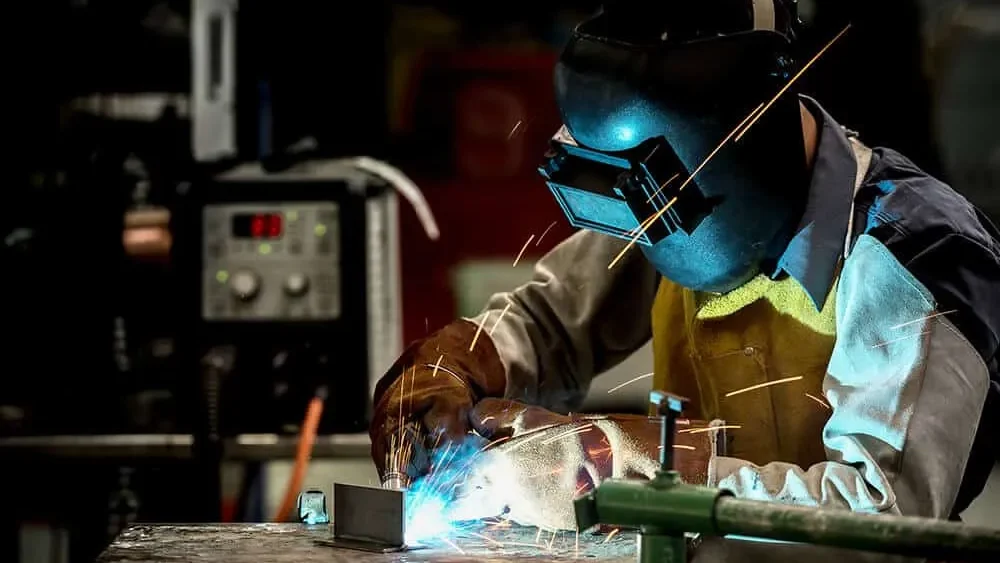Safety is always an important consideration when one undertakes a welding project. Being a welder can be a safe occupation if active precautions are taken. If required safety measures are overlooked, welders might face several safety hazards such as electric shocks, fires, explosions, etc.
To keep welders safe and secure, numerous organizations, such as the Occupational Safety and Health Administration (OSHA) and the American Conference of Governmental Industrial Hygienists (ACGIH), have devised a set of safety procedures to minimize and avoid numerous welding hazards. Employers and employees should follow the given procedures:
- Read and completely understand the manufacturer’s instructions for the equipment being used.
- Carefully review and follow all the safety instruction sheets.
- Understand and adhere to the company’s defined internal safety procedures.
Awareness of the most common welding safety hazards and understanding how to avoid them promotes a safe and productive work environment for everyone.
- Fumes and Gases
It is a well-known fact that overexposure to harmful gases and fumes can lead to health deterioration. Welding fumes contain dangerous and complex metal oxide compounds produced through consumable base metals and their coatings. It is very important to keep your head away from the fumes and ventilate or exhaust sufficiently to balance out the exposure to harmful substances present in the fumes. The welding area should be equipped with ample ventilation and exhaust to keep harmful fumes out of the working area.
- Electric Shocks
Electric shocks are regarded as one of the most severe risks faced by welders. Electric shocks can cause serious injury and sometimes, even death. Electric shocks happen when workers bring two metals with high voltage in contact. The most common type of electric shock during the welding process is secondary voltage shock, which can range from twenty to one hundred volts. It is important to note that it requires just a shot of 50 volts of current or less to kill a human.
- Injuries due to insufficient Personal Protective Equipment (PPE)
Personal protective equipment (PPE) helps keep welders safe from injury. For example, burns are regarded as the most commonly occurring welding injury. PPE allows total freedom of movement whilst providing proper protection from all sorts of welding hazards. Due to high durability and safety, fire-resistant clothing and leather are recommended for use in welding environments. This is because synthetic materials such as polyester and rayon melt when they are exposed to extreme heating conditions. Welding leathers are recommended when performing perpendicular or overhead welding.




Comments are closed.